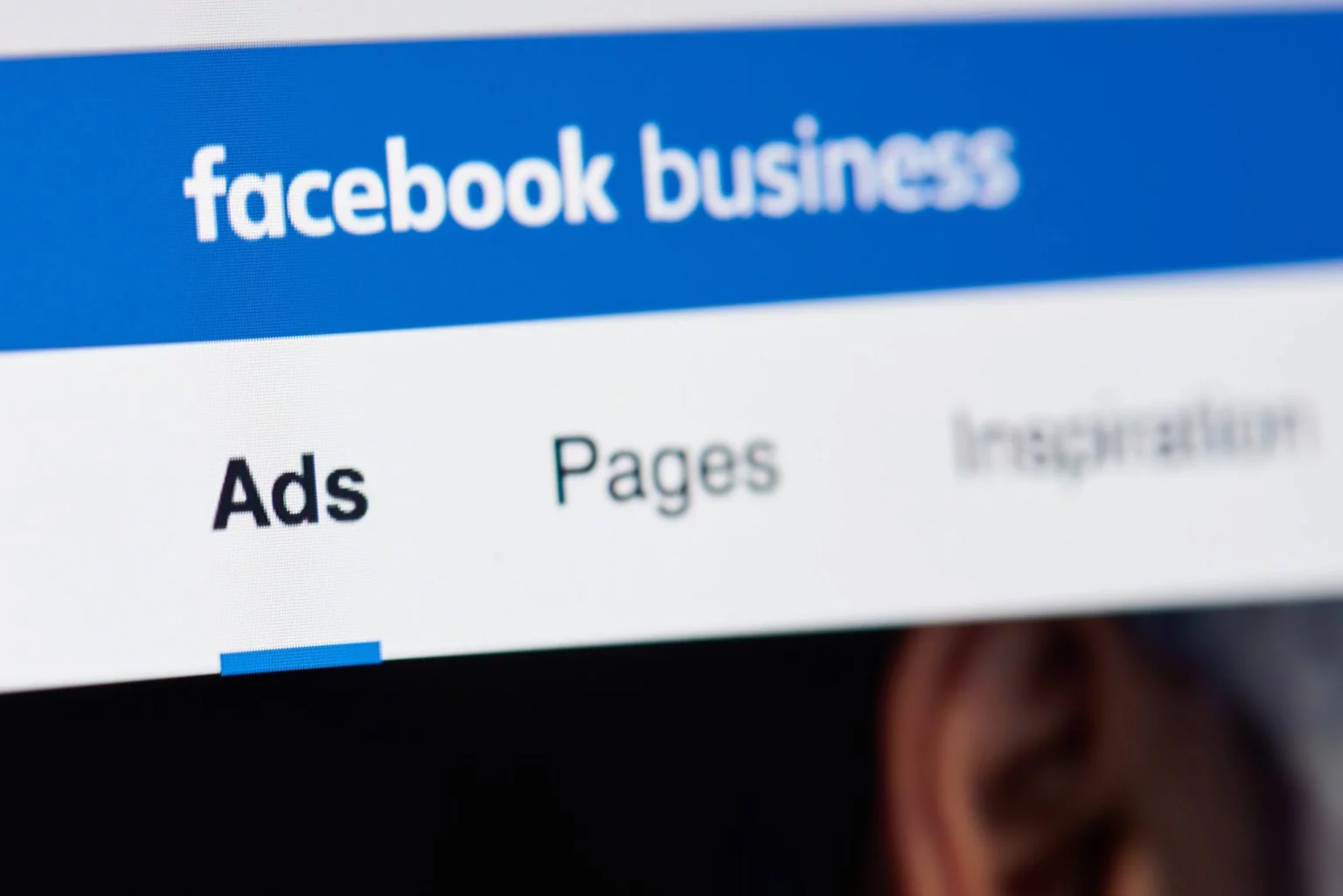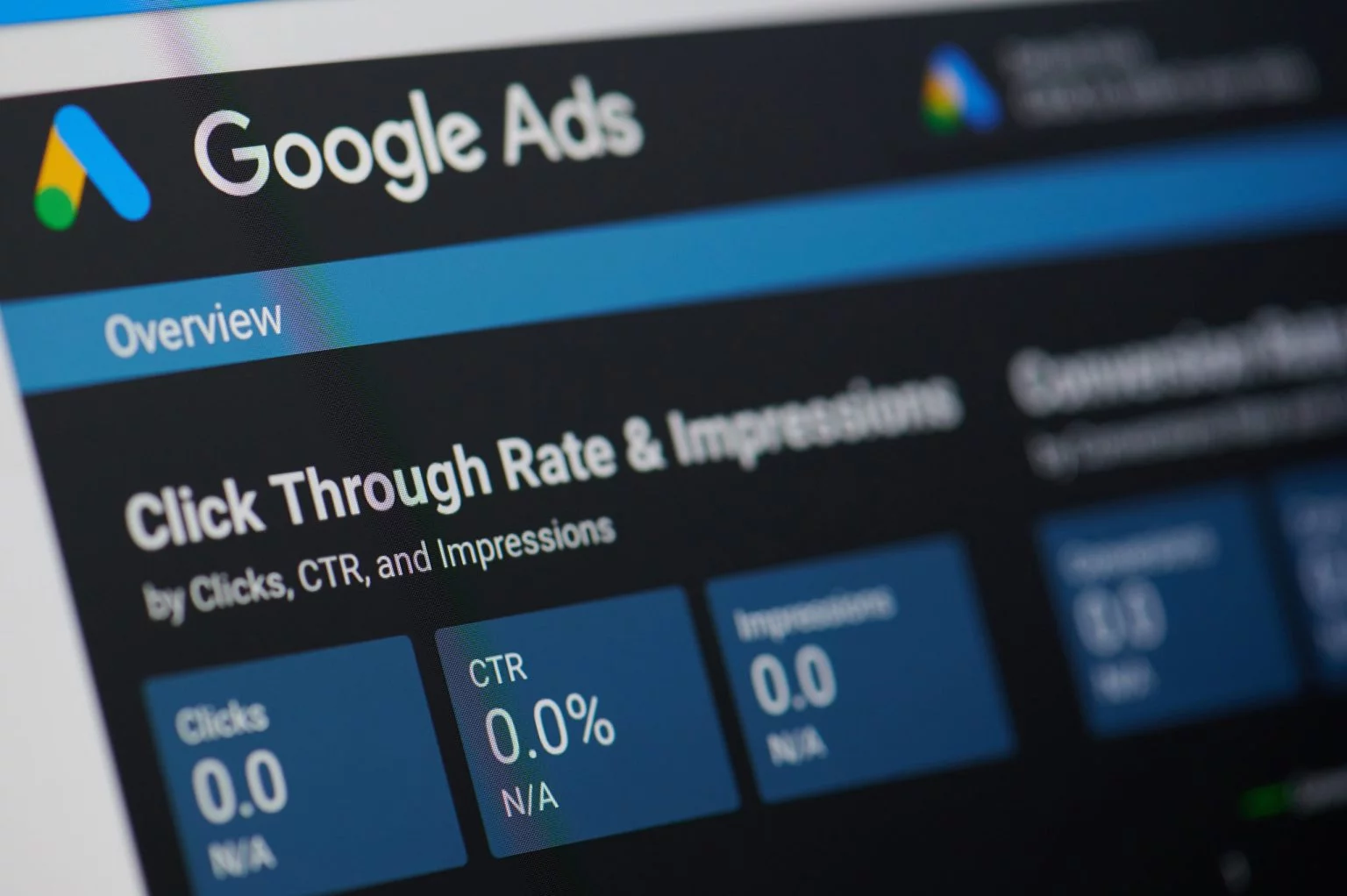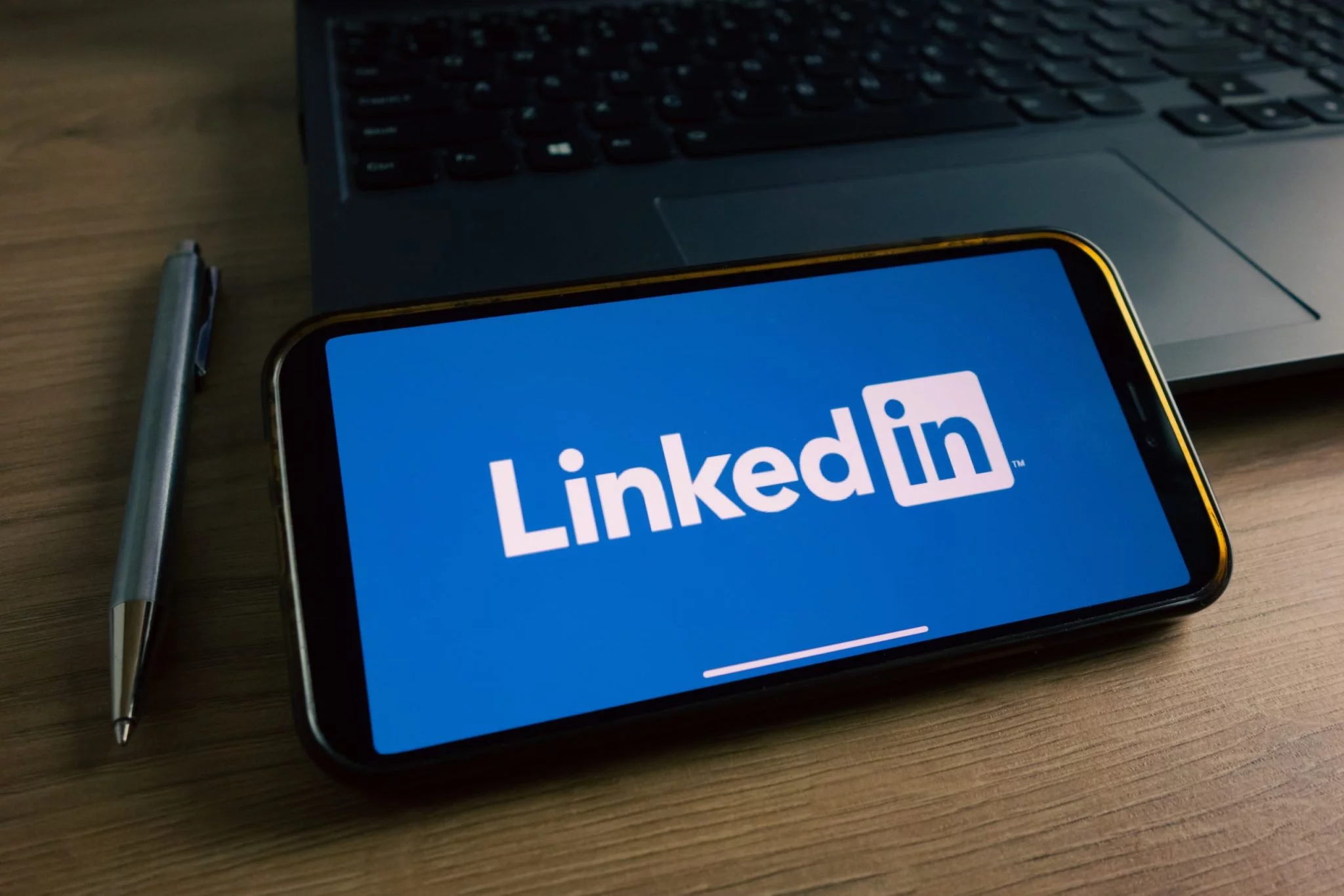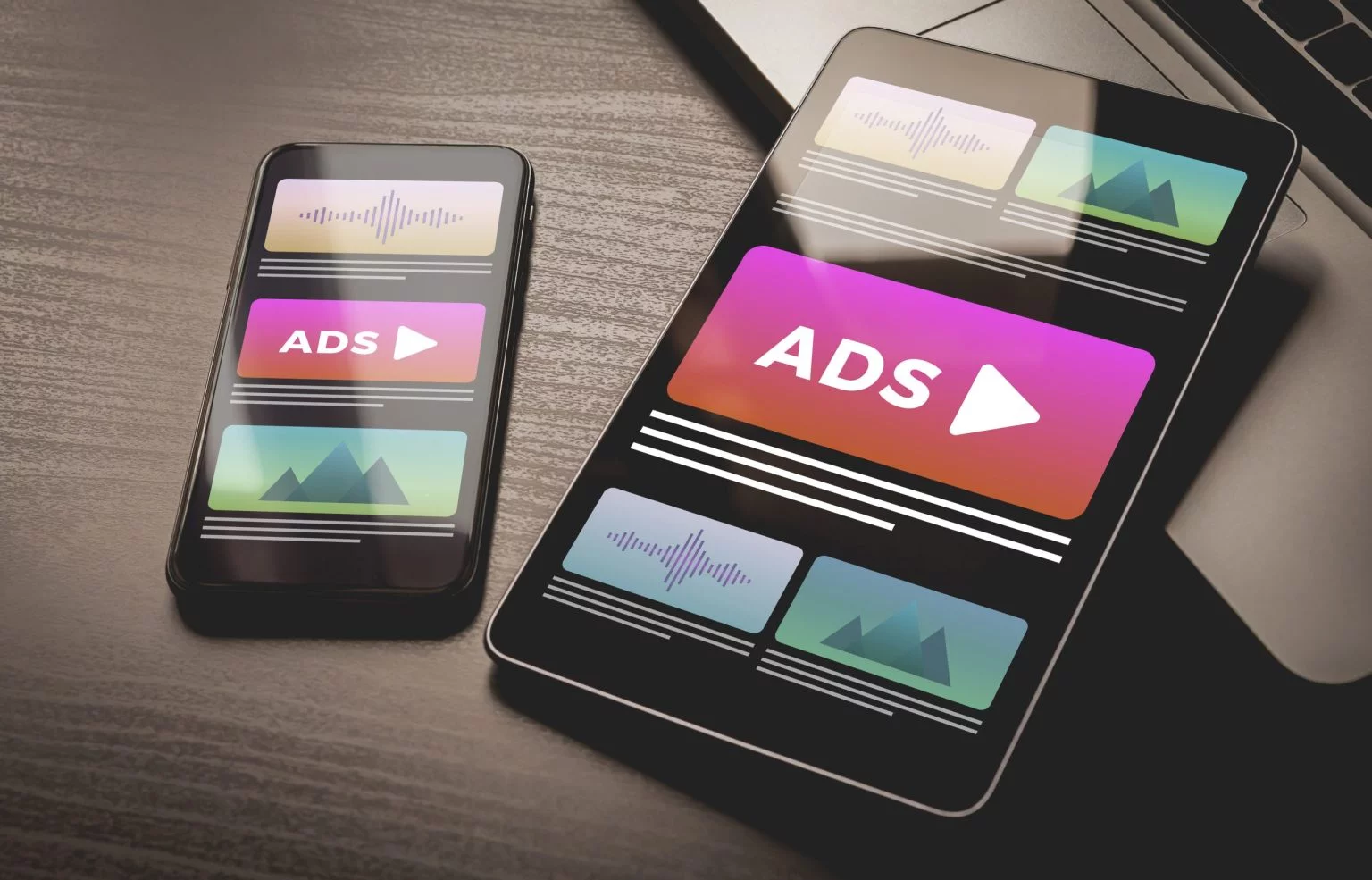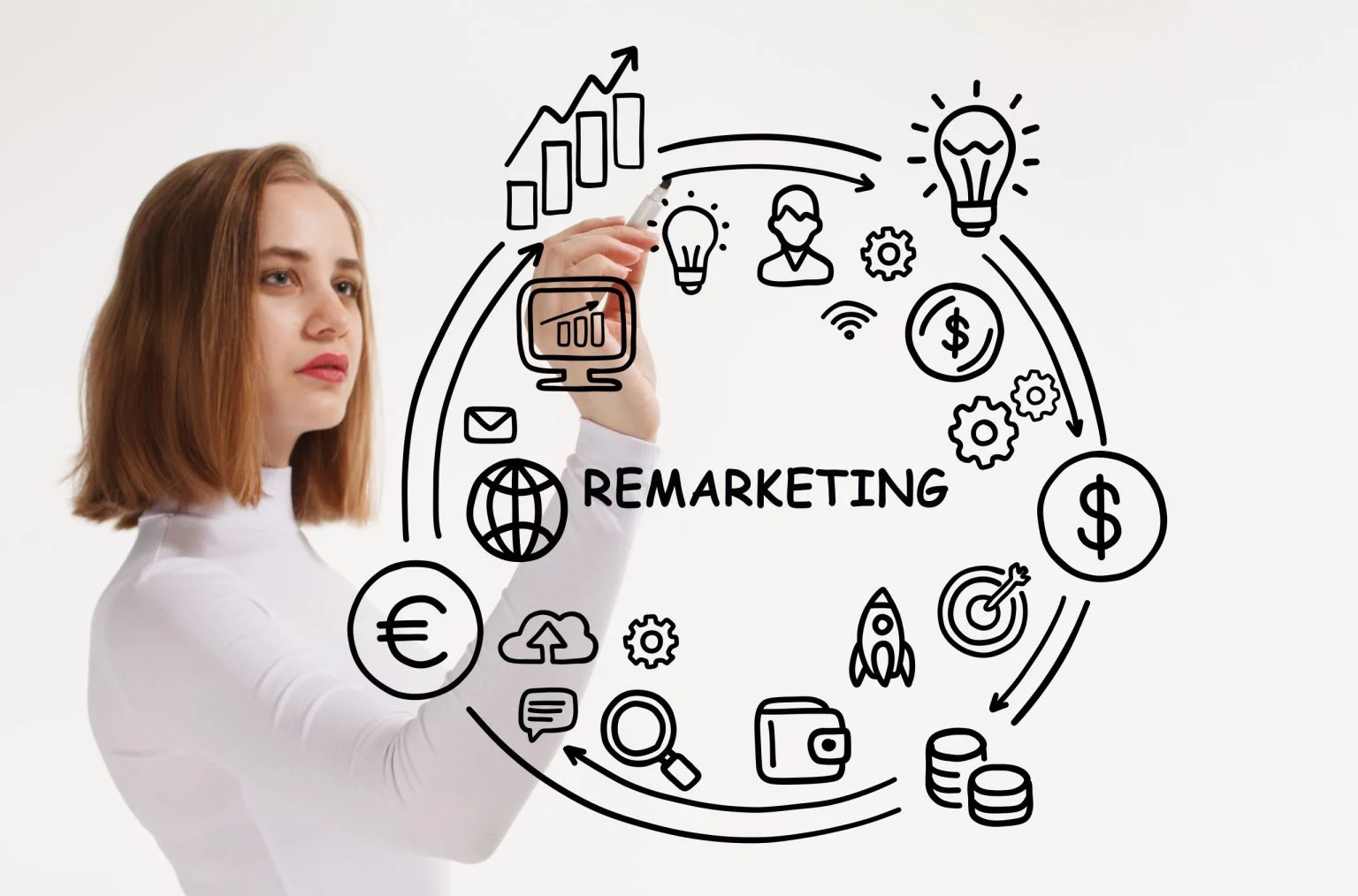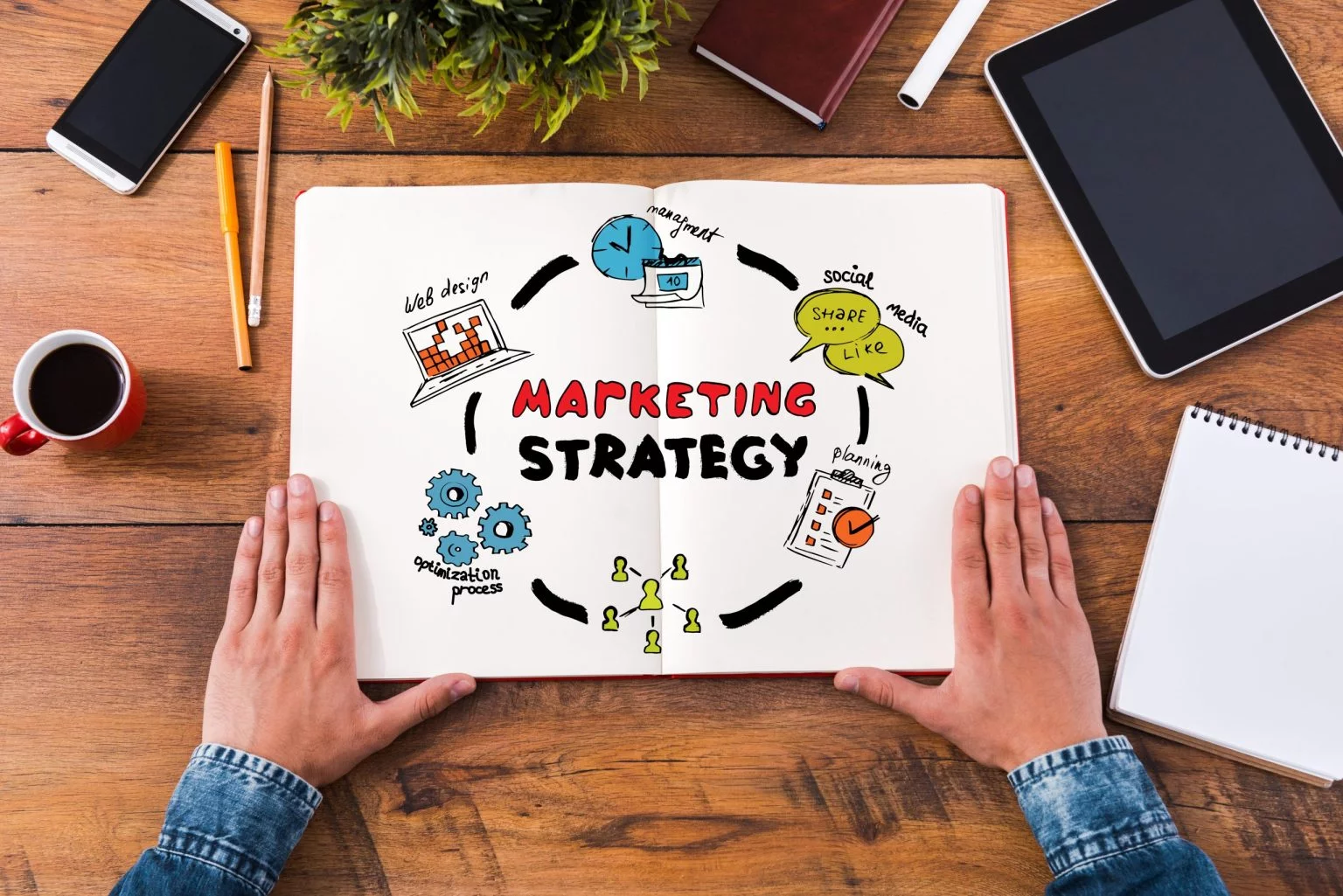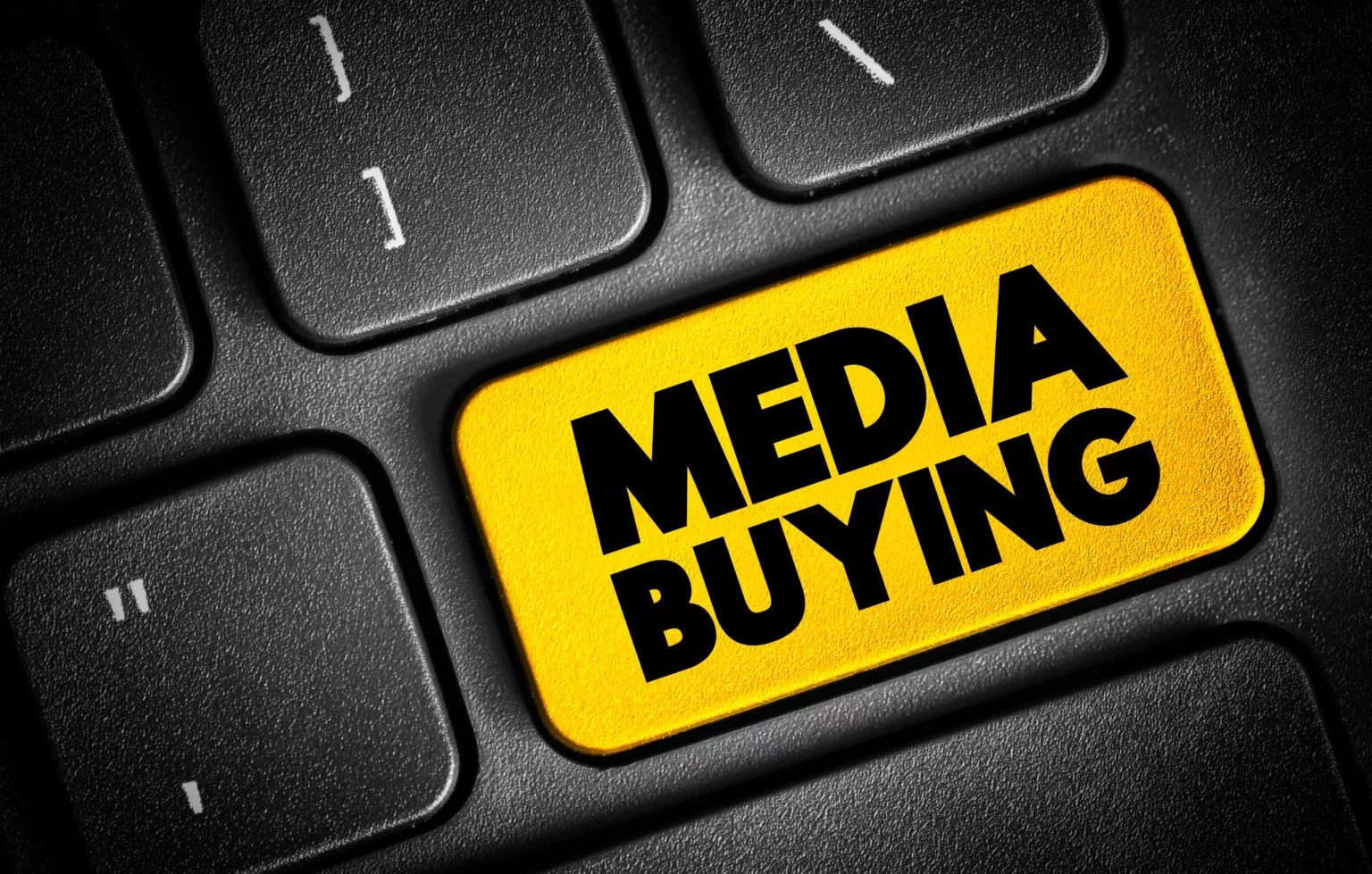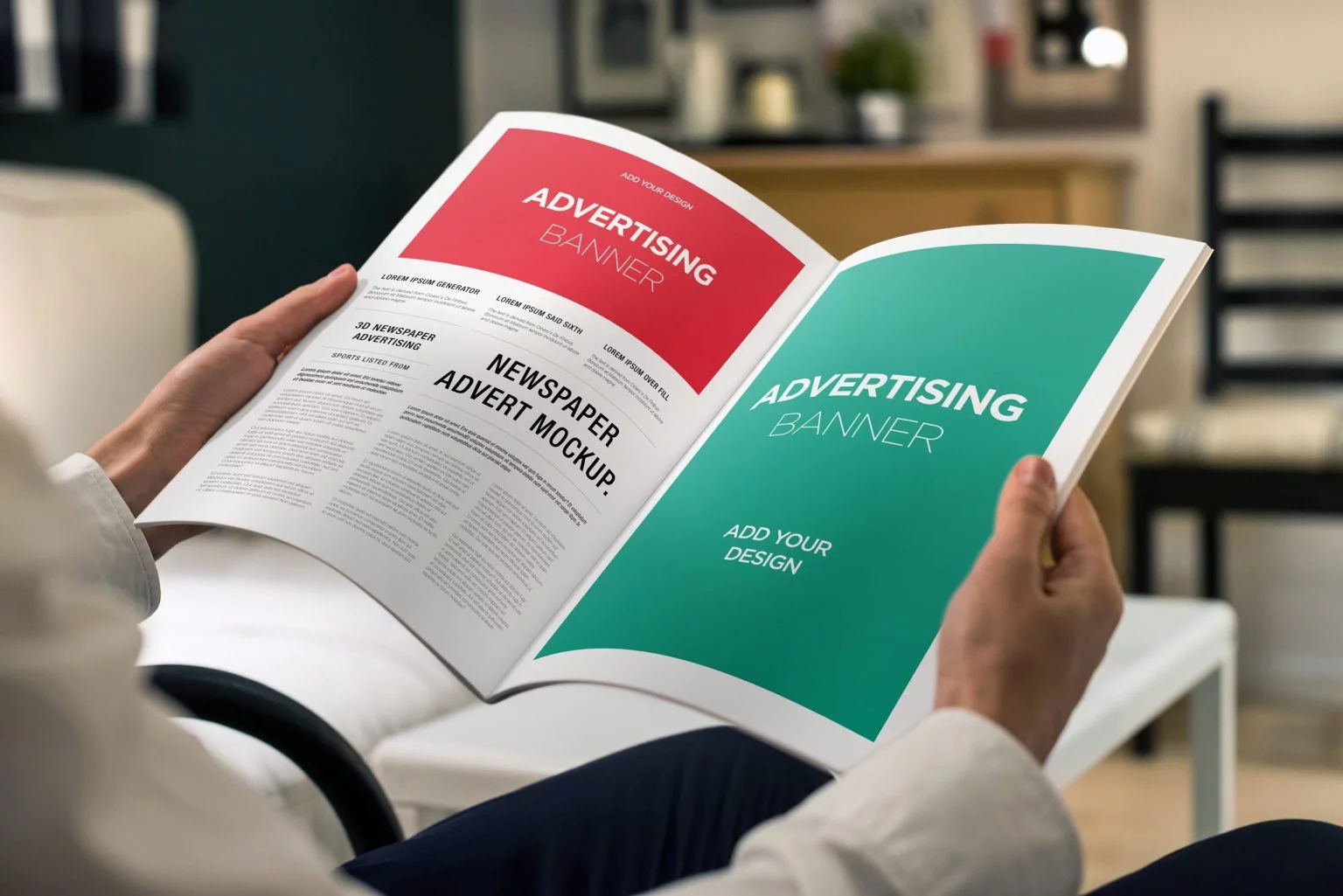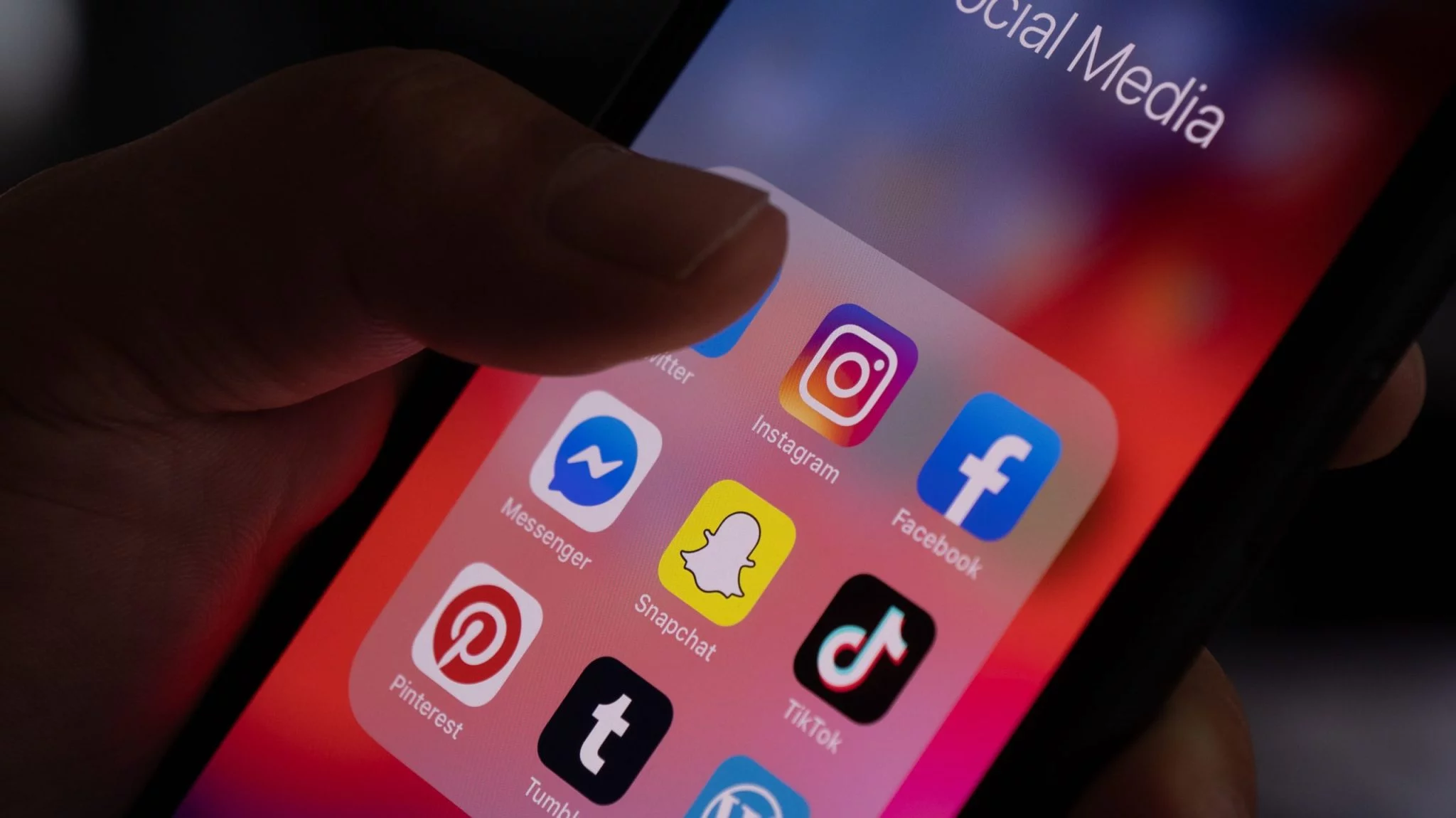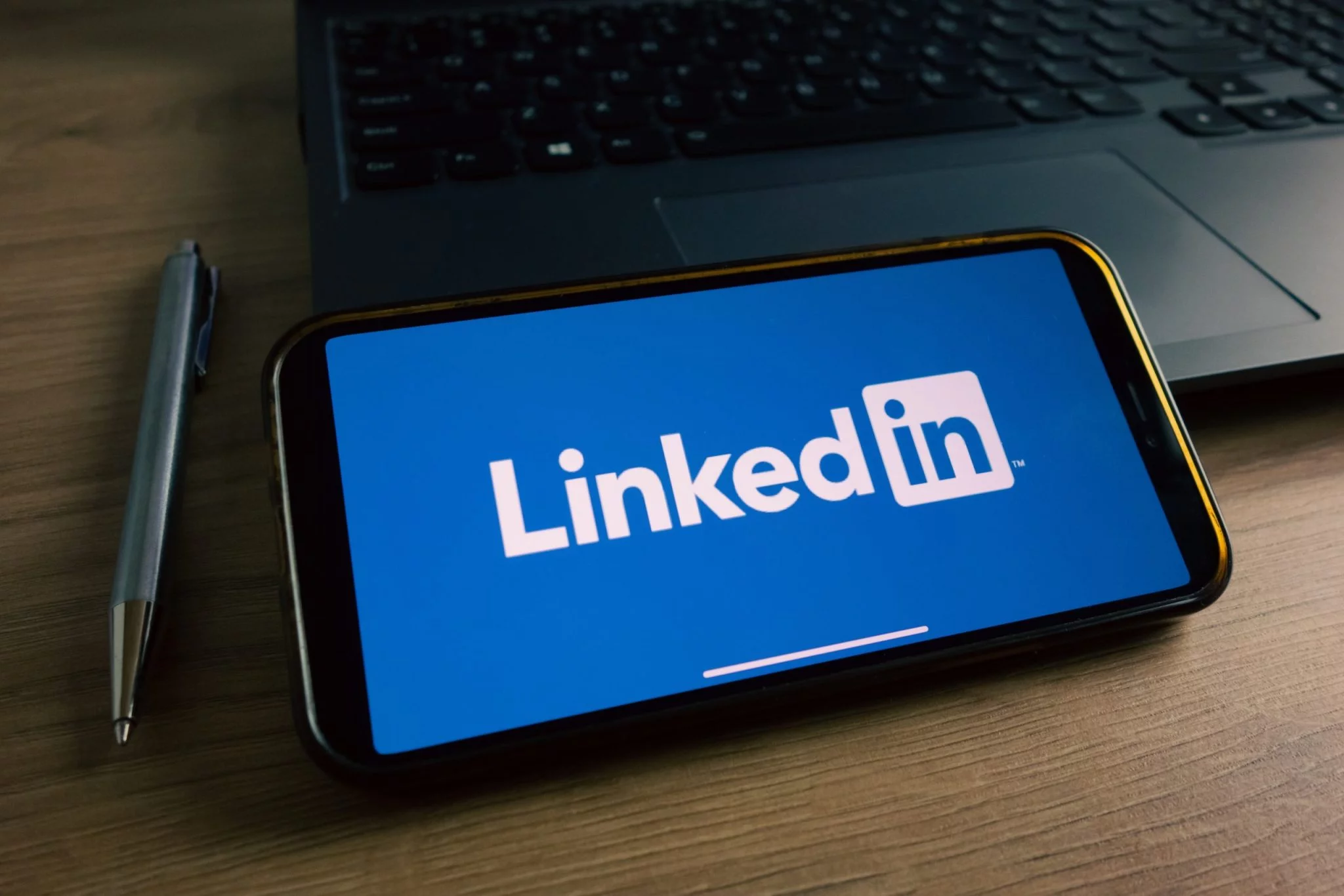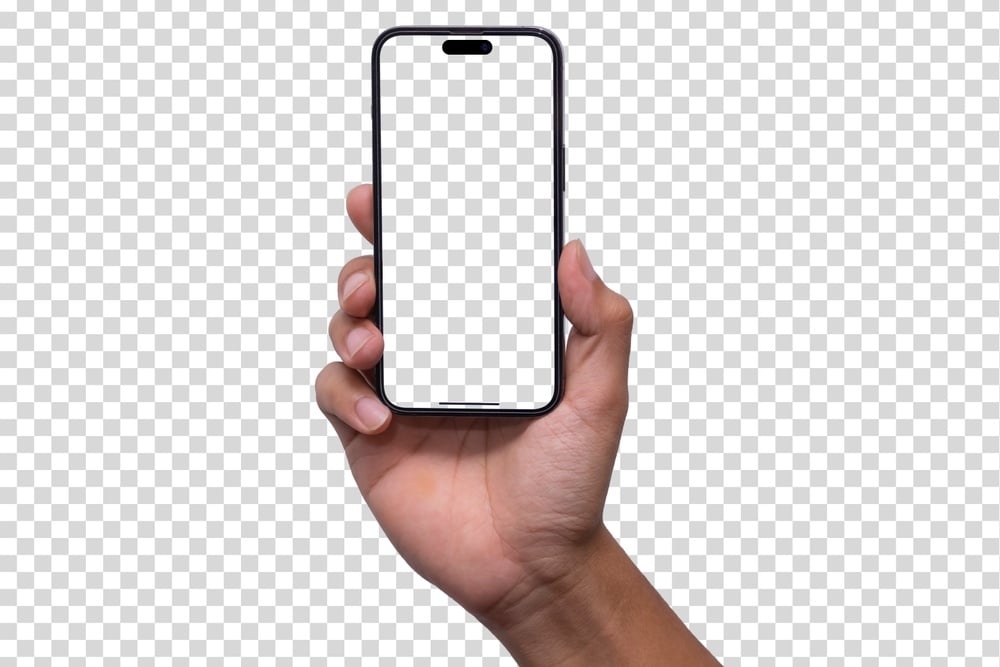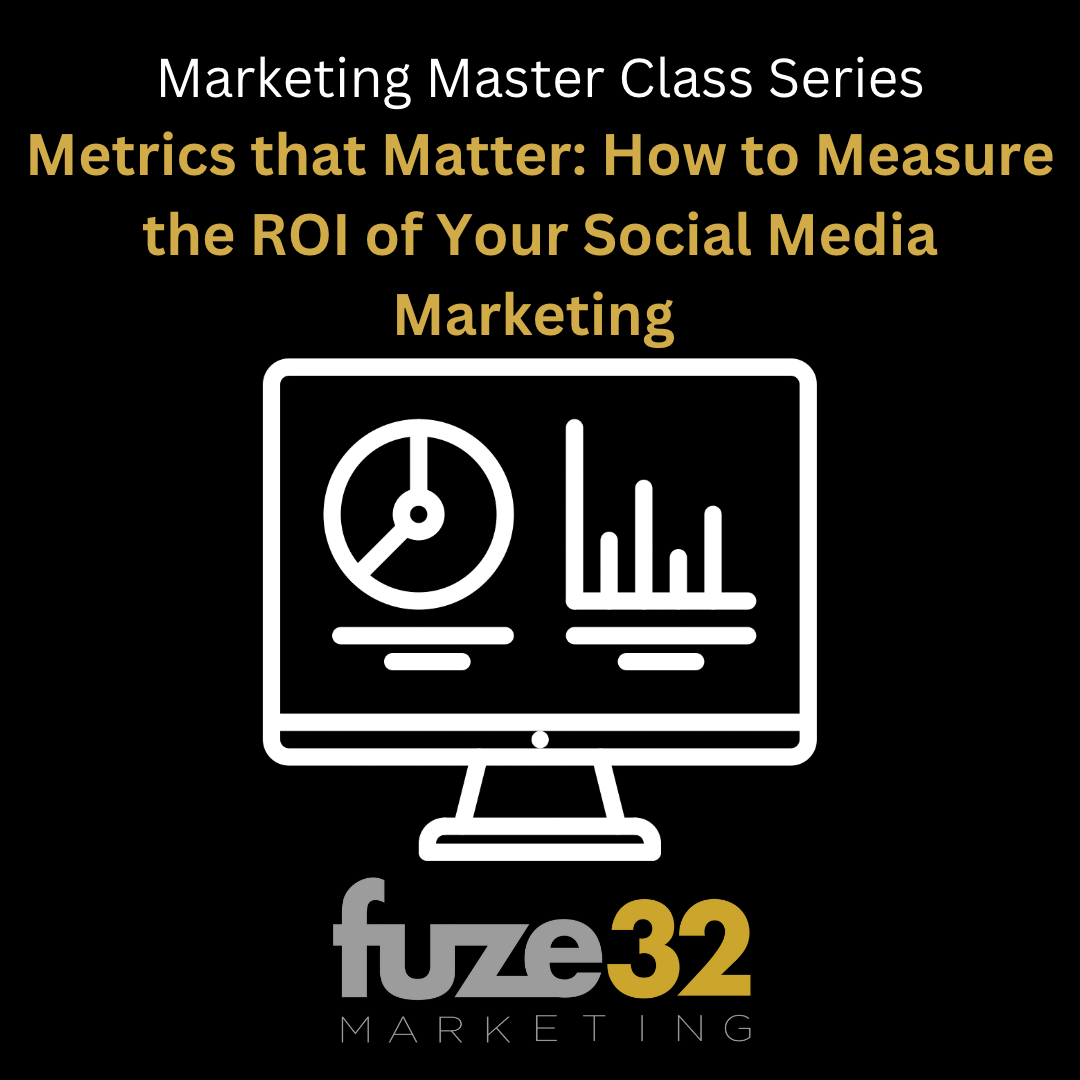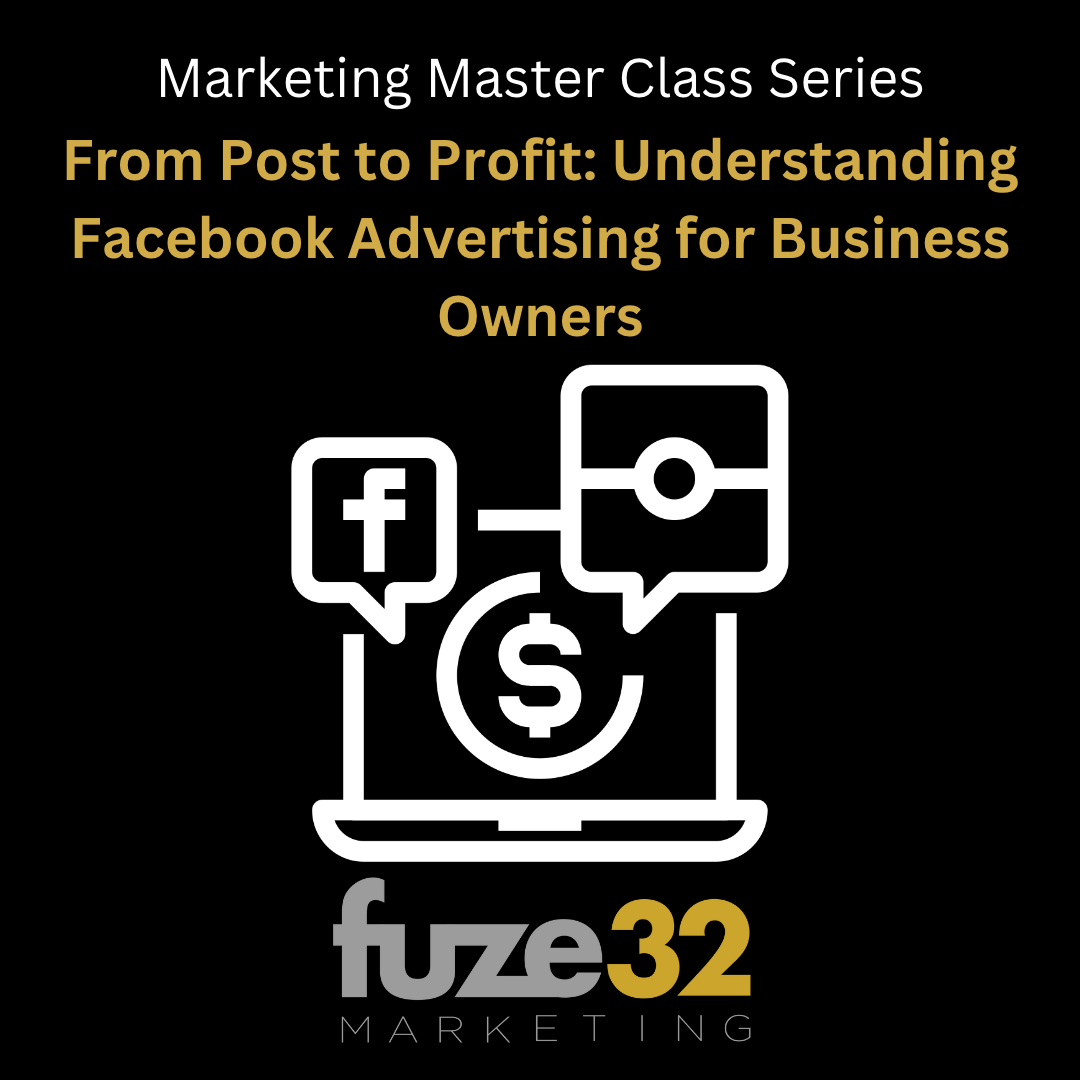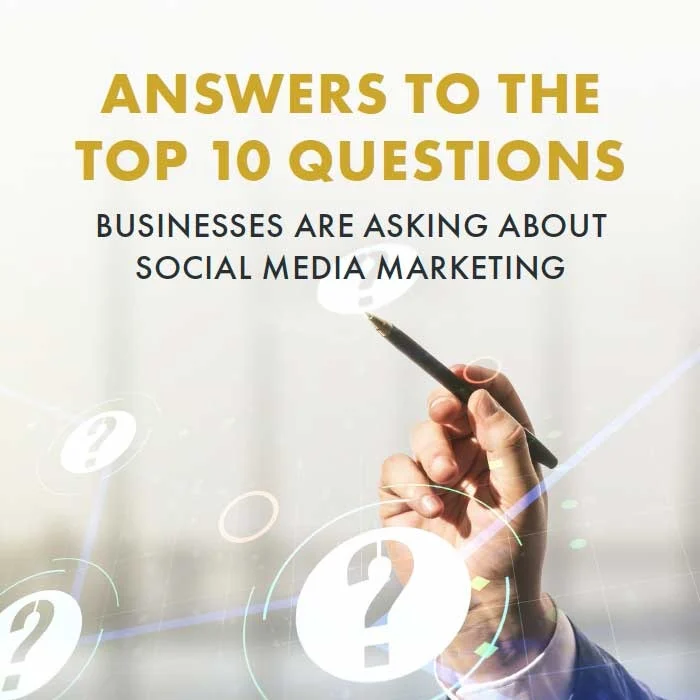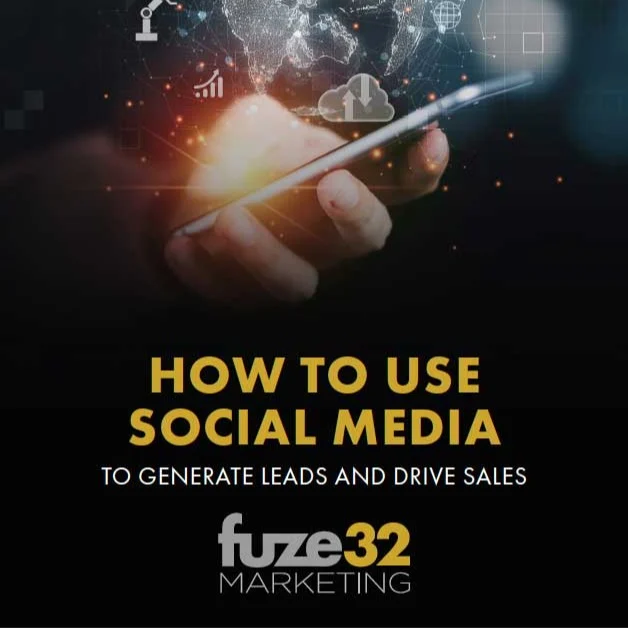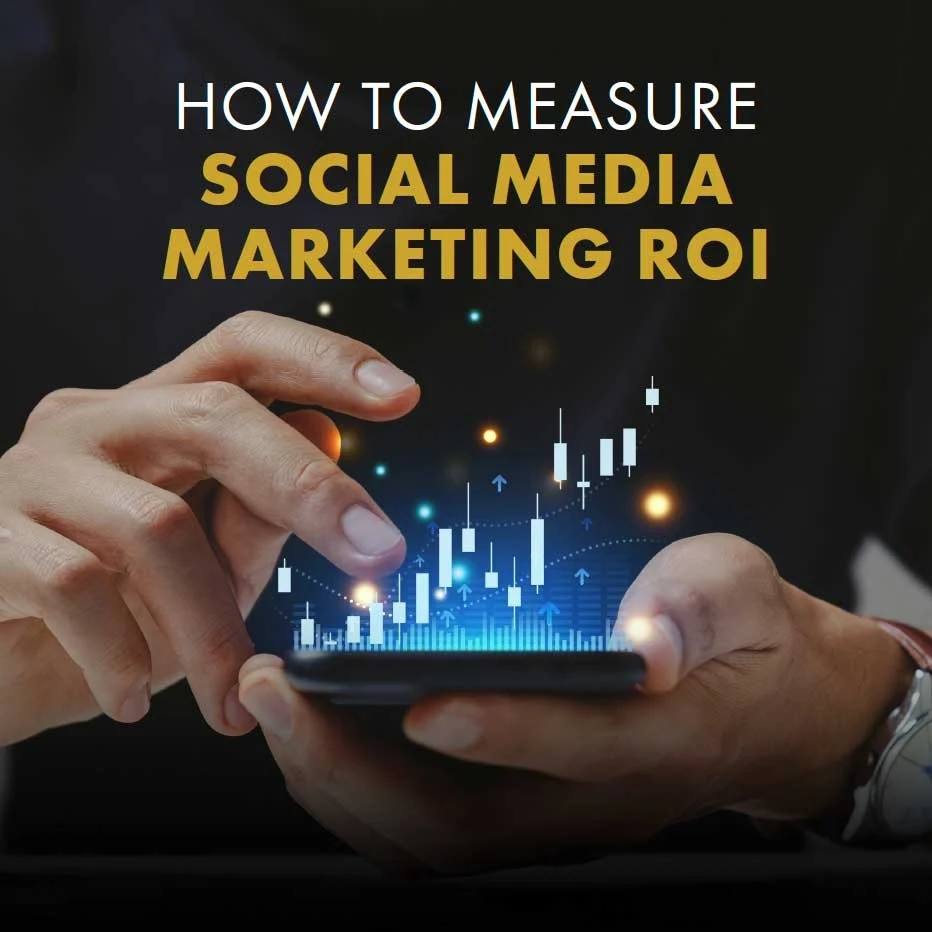
You know what makes me irrationally happy? Watching Food Network's Chopped. Four chefs are handed a basket of random ingredients (think durian fruit, sardines, and chocolate cake mix), and somehow, they work magic to create cohesive, restaurant-worthy dishes. Every element of the meal fits together beautifully, and the results? Chef's kiss.
If you're in marketing or advertising, this might sound… oddly familiar. We don't get a $10,000 prize (unfortunately), but we are tasked with taking all kinds of tools and channels and blending them into a cohesive masterpiece that wows consumers. Welcome to the world of Integrated Marketing Communications (IMC).
IMC isn't just throwing a bunch of ideas into the pot and hoping something sticks. Nope, it's a strategic approach to ensure every element of your marketing works harmoniously to create one clear, powerful message. Intrigued? Grab your apron—we're about to cook up some IMC knowledge.
The "What" and "Why" of Integrated Marketing Communications
Integrated Marketing Communications in a Nutshell
Integrated Marketing Communications (or IMC, for short) is the process of aligning all your marketing tools, channels, and messaging to create a seamless, consistent experience for your customers. Think of it as a symphony where every instrument (your social media, email campaigns, billboards, etc.) plays in harmony rather than competing for attention.
Why does this matter? Because inconsistency = confusion. And confused customers? They swipe left on your brand faster than you can say "marketing fail."
Fact Check: Brands with consistent messaging across channels see a 33% revenue increase. Additionally, 90% of consumers expect each interaction they have with a brand (online, in-person, on Mars) to feel consistent.
Translation? If your Instagram feels edgy, but your email marketing reads like a legal textbook, it's time for a serious makeover.
The Ingredients of IMC
IMC isn't about individual pieces; it's about how they come together. Your typical marketing "basket" of ingredients includes digital marketing (from your SEO-packed website to paid ads and remarketing campaigns), social media across various platforms, traditional ads (TV, radio, print, billboards), sales promotions, email marketing (the "zombie" channel that refuses to die and still delivers crazy ROI), and marketing collateral like brochures and catalogs that give off sleek, professional vibes.
The hallmark of IMC? Everything works together to deliver a unified experience. For example, a company with strong omnichannel engagement retains 89% of customers, compared to a sad 33% for companies that don't bother connecting the dots. Why? Because cohesive messaging builds trust, and trust is your golden ticket to long-term loyalty.
Why Integration Beats "Whatever Looks Cool"
Raise your hand if you've started a marketing campaign by picking what "looked fun" and figuring the rest out later. (Guilty. It happens.) But here's why that approach doesn't fly anymore…
Consumers are multi-device pros, switching between 3 screens on average before making a purchase decision. Without integration? No sale. Repetition is key, as it takes 5-7 brand impressions for consumers to remember you. Without consistent messaging, those impressions won't add up. People also demand personalization, with 76% expecting brands to cater to their specific needs. A scattered strategy makes that nearly impossible.
IMC ensures you're serving up the right message, at the right time, to the right audience. It's like knowing your customer prefers soy milk in their coffee instead of just guessing. (And yes, they definitely noticed last time when their order was wrong.)
IMC in Action: A Real-Life Example
Picture this scenario. You're launching a new line of eco-friendly water bottles. Without IMC, your marketing might look like this: Instagram full of extreme sports photos, emails focusing on technical specs no one outside of an engineer understands, a website leaning on the founder's luxury lifestyle, and ads that are pure price promotions. The result? Your audience scratches their heads, wondering, "Wait… what does this brand stand for again?"
With IMC, however, you'd have a seamless strategy: Instagram flooded with gorgeous shots of people using your bottle in nature, emails highlighting environmental impact stats, a website telling your brand's mission and why sustainability matters, and ads marrying stunning visuals with compelling value propositions. And suddenly? Your message is as clear as spring water in one of your bottles.
IMC turns fractured efforts into a cohesive story. And it's that story that convinces your customer to choose you over your competition.
Getting Started with IMC (Without Feeling Overwhelmed)
Feeling like IMC is easier said than done? You're not alone. Here's how to get started:
First, audit what's already out there. Take a hard look at your current marketing and assess whether your channels are consistent in tone, visuals, and messaging, or if it feels like a chaotic mix of ideas from 10 different people.
Next, nail your core brand message. If you had 30 seconds to explain your brand to a stranger, what would you say? That's your "why." Build everything else around it.
Then, map the customer journey by identifying key touchpoints where potential customers engage with your brand. Ask yourself if you're delivering a consistent experience across all these points.
Breaking down silos is essential, as IMC works best when everyone—from marketing to customer service—is aligned. Remember that consistency is a team effort.
Finally, establish guidelines by documenting your brand's voice, tone, colors, and key messages. These guidelines ensure every channel aligns.
IMC is like assembling IKEA furniture (stay with me). If you skip some "steps" because they seem unnecessary, you'll end up with an inexplicably wobbly bookcase. Following the process ensures everything fits seamlessly.
Consistency Leads to Conversion
At its heart, Integrated Marketing Communications is about trust. Trust that your brand will deliver a cohesive message. Trust that your values will shine through consistently, no matter where your audience finds you.
The best part? When you get it right, your marketing doesn't just work harder; it works smarter. The result? Stronger ROI, improved brand loyalty, and countless opportunities to connect with your audience on a deeper level.
Now's the time to stop throwing marketing spaghetti at the wall and start creating a recipe for success. Let's help you cook up an IMC strategy that leaves a lasting impression!



.webp)





